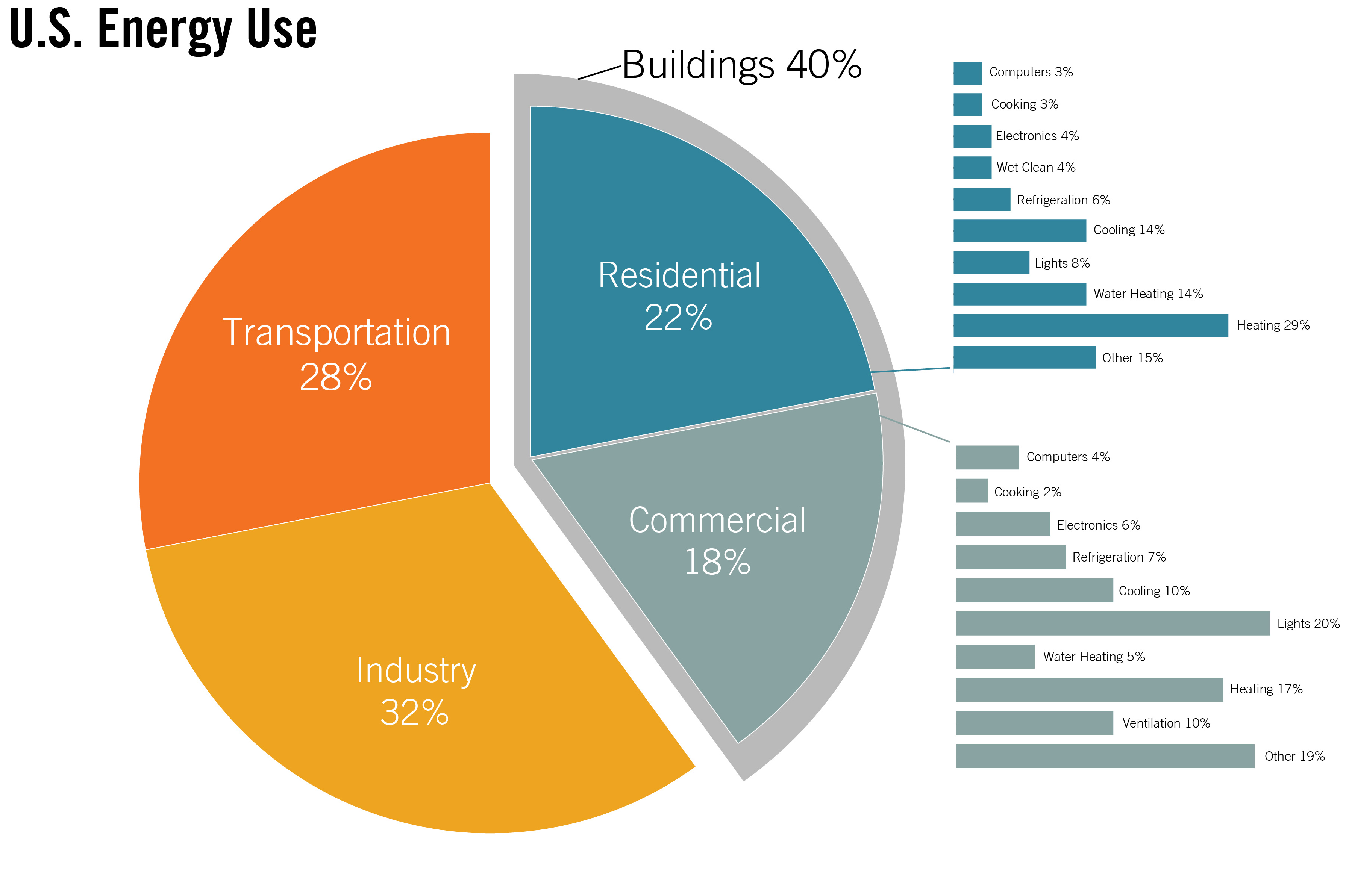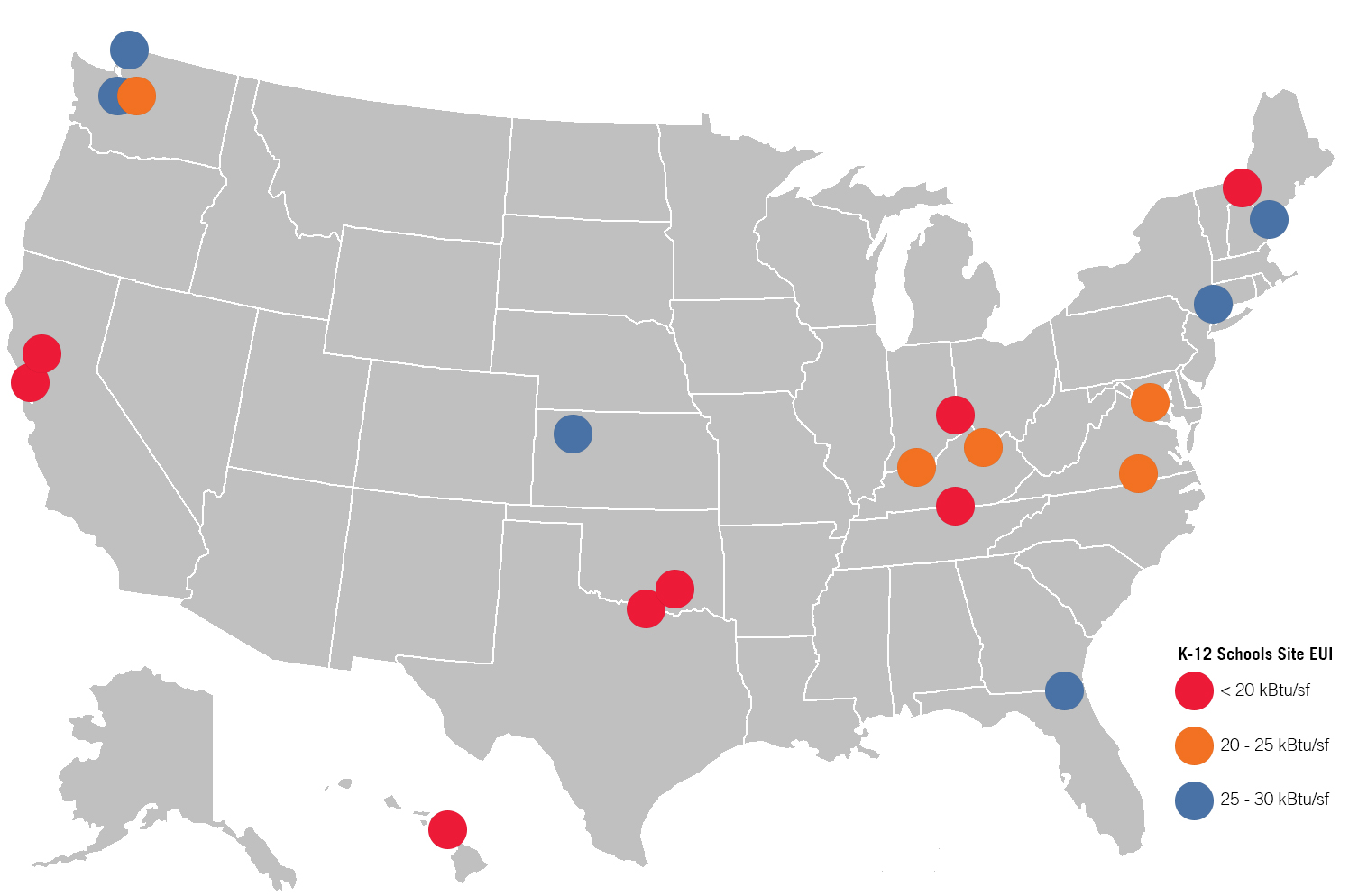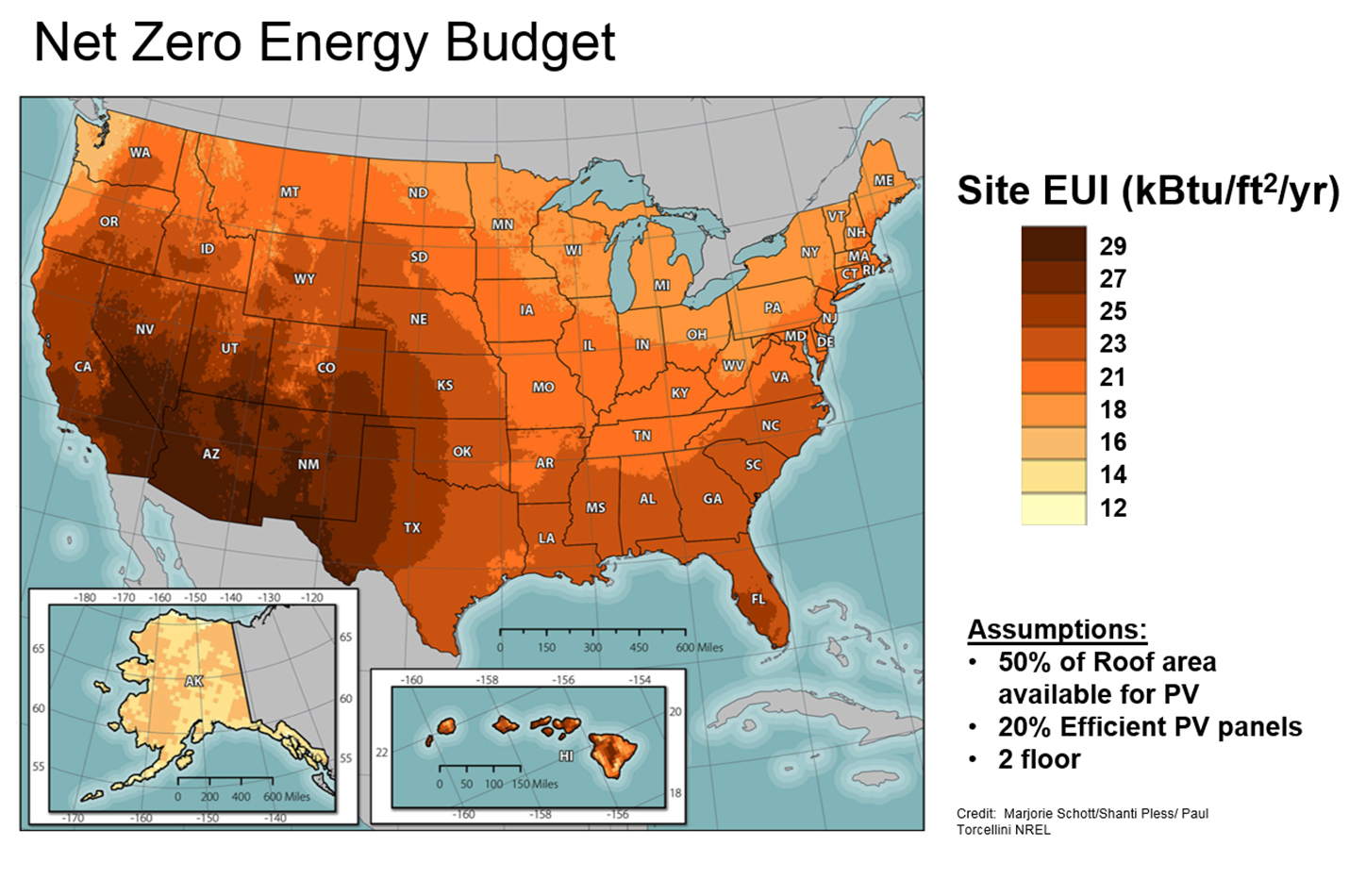The Time is Right for Zero Energy Buildings
The time is right for Zero Energy buildings
With the 46th Earth Day upon us, I want to make a case for why the time is right for Zero Energy buildings.
As designers and builders, we create the places that our generation and future generations will use for decades to come. In the U.S., buildings use about 40% of our total energy use every year. That 40% is ours to control, and to reduce, in the face of the resource scarcity and climate challenges we face. Zero Energy buildings are here today and will play an important part of the solution to a prosperous future for us all. It’s our collective responsibility to make it happen.
The construction industry is a slow-moving animal. We all face the inertia of the way things have always been done, and the movement to Zero Energy buildings has been slow to build, but it’s underway and gaining momentum.
That momentum is being driven by incredible decreases in solar electric costs and rapidly decreasing plug and internal loads in buildings. Photovoltaic (PV) costs have decreased by more than 70% in the last 15 years, and there have been similar reductions in lighting and equipment internal loads. This, combined with better building technology from glazing to HVAC systems, is opening the door to Zero Energy buildings.
The Bullitt Center, in Seattle, has been operating as a six-story, Zero Energy building for more than two years. Fittingly, it is home to the Bullitt Foundation, run by Denis Hayes, who brought us the first Earth Day in 1970. The Energy Use Intensity (EUI) of the Bullitt Center is just over 10 kBTU/sf/yr. It’s there. It’s working. We know it’s possible.
The Bullitt Center is not an exception; Zero Energy buildings are being constructed and already operating throughout the country. PAE has designed Zero Energy office buildings in Washington and Colorado, residential buildings in Oregon, and cultural buildings in Nevada. We’re moving on to classroom buildings in Washington and Georgia, and other Zero Energy projects in California and Montana. In the larger landscape of projects in the U.S., there are research buildings in Colorado, and K-12 schools (see K-12 map above) throughout the country that are either already Net Zero, or designed to operate so efficiently they could be Net Zero if PV was installed on the roof.
The Net Zero Energy Budget map (above) shows that, for low-rise buildings, Net Zero is achievable throughout the country. Consider that in nearly the entire country, Net Zero is achievable at an EUI of 20 kBTU/sf/yr with 50% roof-area coverage. Take that to 100% coverage, and your energy budget is about 40 kBTU/sf/yr – a level of energy efficiency that is easily achieved for many building types.
All of this is evidence that Zero Energy buildings are here and are feasible today. Thinking back 10 years ago it feels like we’ve come a long way. Of course, we have a long way to go too, but the technology is there, the know-how is there, and the time is right for Zero Energy design to take that 40% of our nation’s energy use down to zero.
Let’s make it happen.
For a deep dive into Net Zero design, check out ASHRAE’s 2016 webcast, available until May 6.
By: Marc Brune, PE, LEED AP





